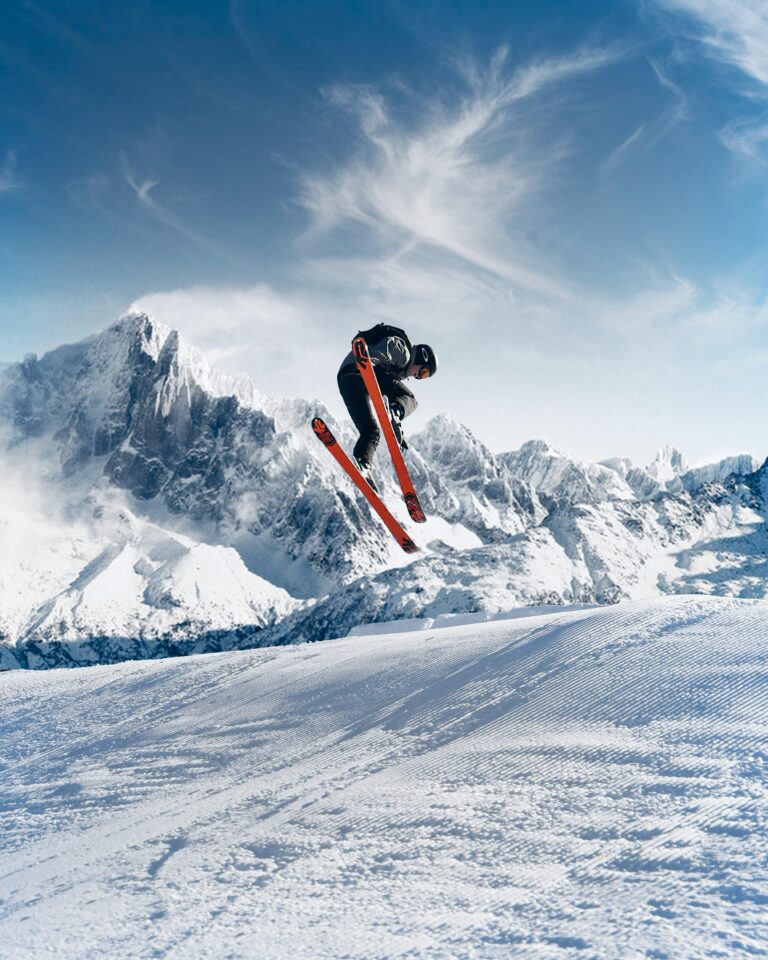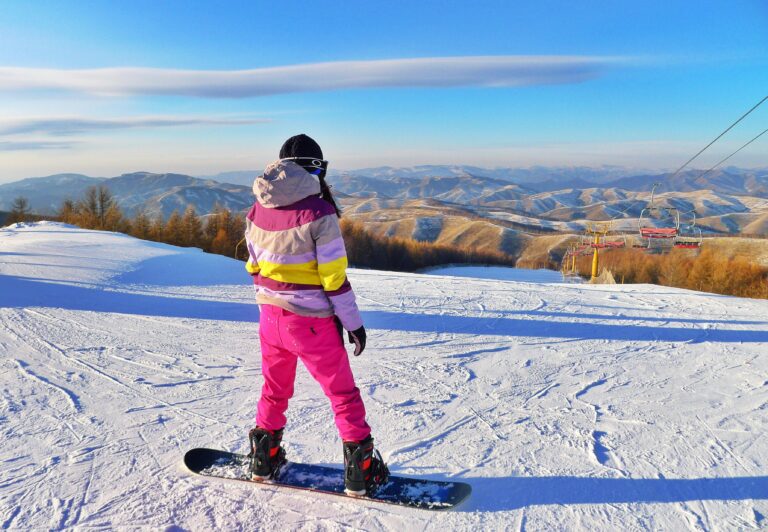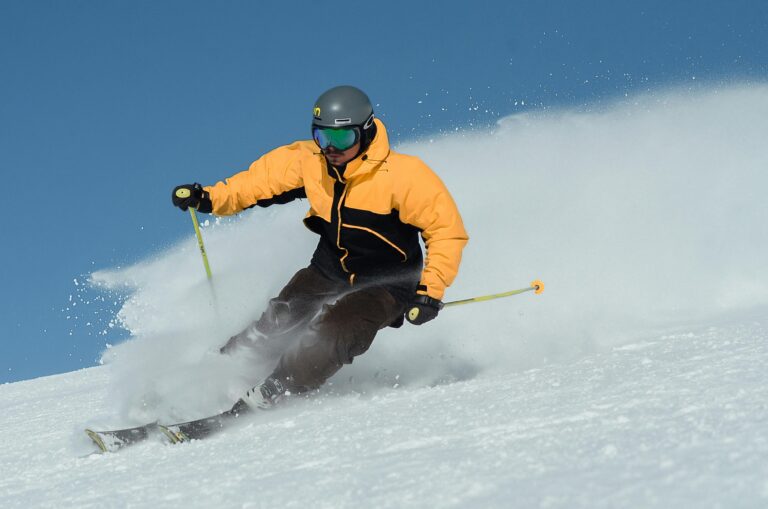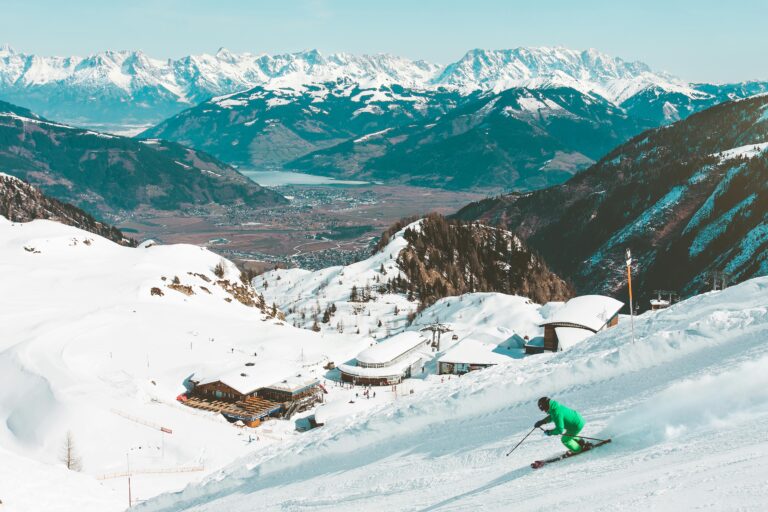Have you ever felt that heart-stopping moment just before you hit the ground while skiing? Falling is as much a part of skiing as carving turns, yet knowing how to do it safely can make all the difference. In this article, we’ll explore the best techniques for falling safely, helping you reduce the risk of injuries and enjoy your time on the slopes without fear. You’ll learn how to tumble correctly, get back up, and even face your fear of falling head-on!
What is the best way to fall safely while skiing?
The best way to fall while skiing involves employing safe falling techniques such as staying relaxed, rolling into the fall, and protecting your head and limbs. Understanding skiing dynamics is crucial for all skiers—beginners, intermediates, and even experienced parents.
Falling is an inevitable part of skiing, regardless of your skill level. The key is to learn how to fall safely. This not only minimizes the risk of injury but also builds your confidence on the slopes. Safe falling looks different based on the dynamics involved in skiing—speed, terrain, and stability can all play a significant role in how a fall occurs.
For beginners, embracing the possibility of falling can help alleviate fears that often prevent them from enjoying the sport. Intermediates can refine their techniques, focusing on how to execute a safe fall, while parents should be aware of the types of falls their children may experience so they can instill safe practices early on.
How can you fall effectively while skiing?
To fall effectively while skiing, you should aim to stay relaxed, avoid tensing your body, and roll with the fall, protecting your head and torso while allowing your limbs to act as a cushion.
Falling on skis may instinctively make you want to brace for impact—this is a natural response, but it can lead to injuries. Instead, focus on these key safe falling techniques:
- Rolling: When you begin to fall, try to roll on your side and away from any oncoming obstacles. This distributes impact and can lessen the force of your fall on specific body parts.
- Relaxation: Tensing up is the enemy; staying relaxed helps your body absorb the energy from the fall rather than resisting it. Think of it as a “controlled collapse.”
Expert demonstrations, such as in the video Skiing Tips: How to Fall Safely, provide valuable insights. Watching skilled instructors can help you visualize these techniques in action.
What positions are safest to adopt when you fall?
Adopting safe positions when falling involves bending your knees, tucking your body, and using your arms to protect your head and torso from impact.
Here are some effective positions to consider when facing an inevitable fall:
- Bend Your Knees: Keeping your knees bent acts as a natural shock absorber and reduces the risk of injury to your lower back and knees.
- Tuck In: Drawing your limbs in toward your body can prevent them from flailing and sustaining injuries as you hit the ground.
- Arm Protection: Use your arms to shield your head, but be careful not to brace with stiffened arms as this could lead to fractures.
Visual aids such as diagrams or images could illustrate the effectiveness of each position. According to a study conducted by the Mayo Clinic, adopting these positions decreases the likelihood of sustaining injuries during a fall.
How can you prepare yourself to fall while skiing?
Preparing mentally and physically for a fall helps skiers manage anxiety and reduces the risk of injury. Mindset plays a crucial role in skiing.
Accepting that falling is a possibility is the first step. Here are some techniques to mentally and physically prepare yourself:
- Positive Mindset: Embrace the fall as part of the learning process rather than viewing it as a failure.
- Physical Training: Engage in exercises that strengthen your core and limbs, enhancing your stability and resilience when you fall. This might include planks, squats, and balance exercises.
Building these skills into your routine can help you feel more confident and prepared on the slopes, ultimately making your skiing experience more enjoyable.
What should you do immediately after a fall?
Immediately after a fall, assess your body for injuries, and if uninjured, use core strength to get back up. If you’re unable to get up, signal for help calmly.
When you find yourself on the ground, here’s a recommended process:
- Assessment: Before trying to move, check for any pain or discomfort in your body. Look out for unusual sensations that could indicate an injury.
- Getting Up:
- Roll to Your Side: This makes getting up easier and safer.
- Engage Core Muscles: Push yourself off the ground using your arms and core strength, placing your weight on your dominant leg first.
If you are unsure about your condition or if you’re feeling dizzy, it’s better to remain calm and signal for assistance. To see a practical demonstration, check out How to Get Up After a Fall.
What are common mistakes skiers make when falling?
Common mistakes during a fall include a rigid body, improperly using arms for protection, and not tucking limbs, all of which heighten the risk of injury.
Here are a few pitfalls that skiers should avoid:
- Bracing Rigidly: Tensioning your body or arms can increase the risk of fracture.
- Ignoring Your Head: Unconsciously allowing your head to take the brunt of a fall can lead to serious injuries. Always aim to protect your head.
- Overthinking the Fall: If you panic or hesitate, it leads to unpredictable movements that may worsen the fall.
Insights from skier testimonials underscore that those who have practiced safe falling techniques testify to their effectiveness over arbitrary instinctual reactions. Studies from the National Ski Areas Association demonstrate that skiers who incorporate proper techniques into their routine report fewer injury cases.
How can you prevent falls while skiing altogether?
Preventing falls starts with improving your technique, maintaining balance, and utilizing proper equipment like helmets and specialized skis for stability.
- Technique Improvement: Focus on maintaining the correct stance, ensuring your weight is centered over your skis and your knees are slightly bent.
- Equipment Choices: Choosing the right gear, such as helmets that fit well and skis designed for your skill level, significantly increases stability.
- Regular Practice: Spend time mastering vital skills like turning and stopping to enhance your balance and control on the slopes.
For further safety measures and protection practices, refer to guidance found in the American Academy of Orthopaedic Surgeons, which emphasizes the importance of using protective equipment.
What are the statistics on skiing injuries related to falls?
Statistical data from various sources shows that falls account for a significant majority of skiing injuries, underscoring the importance of mastering safe falling techniques.
Data indicates:
- Approximately 30% of skiers fall annually, often leading to common injuries such as fractures and concussions.
- The University of Utah – Skiing Safety Study highlights that most skiing-related injuries stem from falls while turning or at high speeds.
These statistics emphasize why skiers must prioritize learning how to fall effectively in order to reduce the associated risks.
How do experienced skiers manage the fear of falling?
Experienced skiers manage the fear of falling by developing mental resilience, using visualization techniques, and sharing stories of their own fall experiences to normalize the process.
- Visualization Techniques: Imagine successfully navigating potential falls, which helps you mentally prepare for such situations.
- Talk it Out: Engaging with fellow skiers and sharing stories about falls helps to demystify and destigmatize the experience.
- Staying Relaxed: Focus on breathing and maintaining a relaxed state while skiing promotes better balance and decreases anxiety.
Professionals often highlight the importance of understanding that every skier, regardless of skill, experiences falls. The narrative surrounding falls is crucial for building confidence among skiers of all levels.
What skiing techniques can help reduce the risk of falls?
Several key skiing techniques that enhance balance include adopting a proper stance, effective turning mechanics, and controlled speed management.
- Proper Stance: Keeping your hips level and your body forward prevents loss of control. Your weight should be evenly distributed on both skis.
- Controlled Turns: Utilizing proper turning techniques helps maintain balance and prevent falls. Look towards your turn and shift weight appropriately.
- Speed Management: Practicing speed control allows skiers to adjust dynamically to changing terrains and avoid sudden falls.
Resources such as instructional videos from expert skiers can provide detailed guidance on mastering these techniques, equipping you for safer skiing experiences.
Suggested YouTube VideoS:
Learning to ski safely is a vital skill that pays off on every run. By understanding how to fall correctly and preparing yourself, you can enjoy the slopes while minimizing your chances of injury. For additional related articles on skiing, be sure to check out this piece on whether skiing is dangerous Skiing Dangerous or learn more about skiing techniques through our guide on Carving vs. Skidding Technique.






